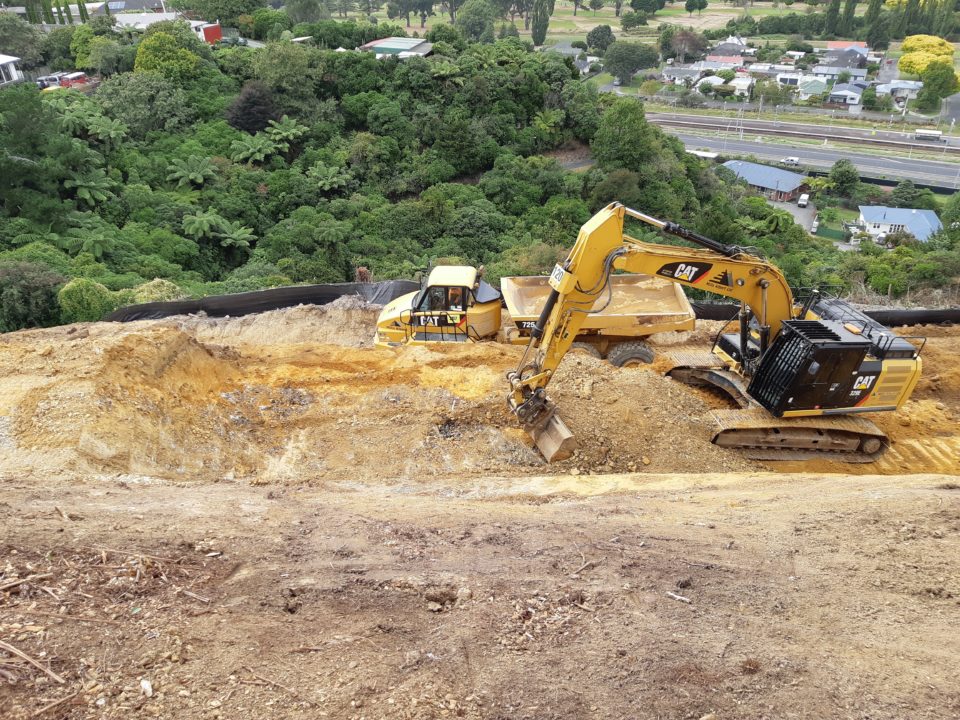By Peter Silcock, chief executive, CCNZ.
CCNZ is a passionate advocate of the power of well-considered infrastructure projects. These projects can propel a country forward and improve the quality of lives of New Zealanders.
It’s perhaps no surprise then that we have made a submission on the proposed Natural and Built Environments Act (NBA) – the first trance of Resource Management Act (RMA) reform. This piece of legislation is one of the most important proposed in years.
An exposure draft of the legislation has been circulated. A Select Committee is currently digesting feedback from the public and a wide variety of groups, including councils and contractors involved in developing our critical infrastructure.
A second and final round of public feedback is planned for next year and we will then complete what is a once in a generation opportunity to get the management of our built and natural environment right.
This is important for contractors. The RMA and any replacement legislation will have a major impact on what we can do and how we do it. Contractors are at the sharp end of implementing processes set out within the legislation, and they are the ones bound by and implementing resource consent conditions on the ground.
The NBA is one of three pieces of legislation being developed to replace the current – and often vilified – RMA. Commentators say the decades-old RMA has done nothing to halt decline in the natural environment, but has added substantial time and cost to the development of our infrastructure and built environment, including contributing to New Zealand’s eye-watering rise in house prices. Reforming the 30-year-old RMA is therefore a welcome but considerable task which will have impacts for all New Zealanders.
Is the exposure draft of the NBA up to the job?
The name of the proposed Bill recognises both the natural and built environment. This is a promising start and there are some welcome proposals in the Bill. But the key shortcoming seems to be the lack of a mechanism to balance the needs of New Zealanders around the built environment, (think – transport, water, energy, and communications networks, homes and commercial) and the need to preserve and restore the natural environment.
By its nature, the construction of our built environment modifies the natural environment. That has been happening for centuries all around the world. These issues are not new issues, and we are not alone in trying to manage them. The issue for me is that the Bill needs to give councils who will be implementing it clarity around how to balance between environmental protection and social and cultural well-being.
The legislation also needs to balance the needs of our productive environment (our farms, orchards, and plantation forests) and our recreational needs (parks, sports fields, golf courses, walking and tramping tracks and shelters) with our natural environment.
Councils that implement the legislation have a responsibility to represent a vast array of interests in their communities, so they need a system to allow for all these interests, whether competing or not, to be considered. Without that clarity delays and legal battles are most likely to prevail.
This speaks to Civil Contractors New Zealand’s major concern. The proposed new Act is unclear and lacking in detail, and any grey areas could lead to decades of delay for the important projects that will benefit the country’s people, businesses, and communities. In its current form, there is a risk that it could block infrastructure that the country is crying out for, such as the creation of roads and water networks for new housing subdivisions.
A lack of clarity in the legislation could also further impede projects with positive environmental outcomes, like flood or erosion protection works that can protect towns and vulnerable habitats alike, or drainage systems to prevent the discharge of waste into the natural environment. Or the construction of quality roads on which to drive our buses, trucks, commercial vehicles, ride share and private vehicles.
This is an issue many local authorities have picked up on as well. When submitting his own council’s feedback, Marlborough Mayor John Leggett said; “There is significant work left to be done and it is difficult to provide comprehensive submissions when the draft contains so little detail.” This is a concern mirrored by others, too, with 10 Southland and Otago councils, including Dunedin City Council, saying it, “could lead to long and costly arguments and legal action”.
This highlights the exact problem that the Bill needs to address. How will new legislation allow the Government to reduce blockages and accelerate the planning process if it provides no obvious mechanism to reduce the time and cost of built environment projects, or to resolve the myriad debates over their construction?
Contractors are an important voice in this debate. While CCNZ supports the need for new legislation, I don’t think the Bill is going to work in its current state and without that detail. But we still have a chance to find a way to balance the needs of the natural and built environment and resolve the endless debates that have mired our most important projects for too long.
So, while we have all clearly identified some problems and shortcomings of the exposure draft, we now need to further develop clear ideas around how the planning system will deliver on our collective expectations around protection of the environment and modern, productive, and environmentally sustainable cities, towns, farms, and infrastructure.
The RMA has been in place for 30 years, so let’s not wait another 30 to make the changes that New Zealand desperately needs.


Parting words from Jeremy Sole- a final column